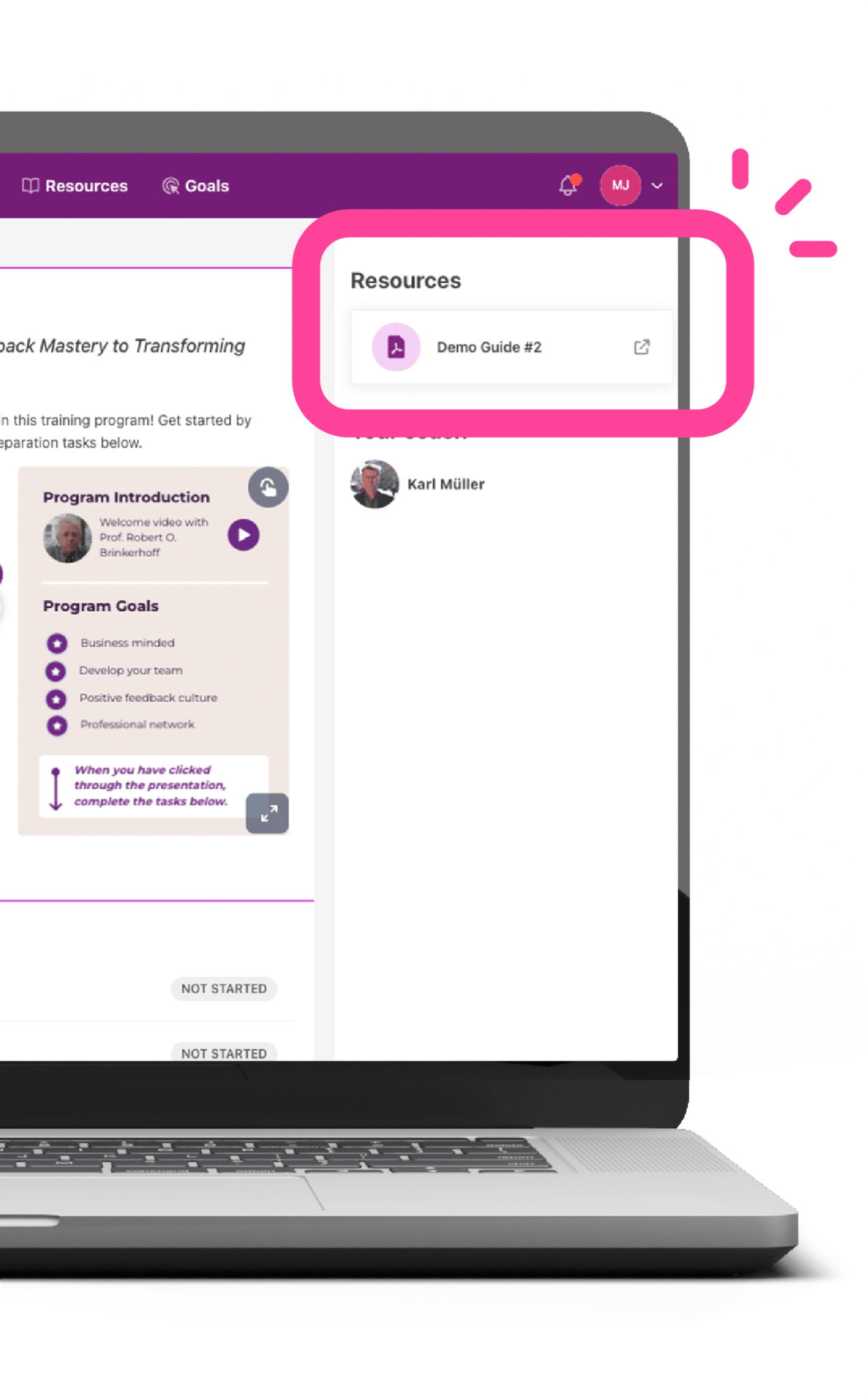[vc_row full_width=”stretch_row” css=”.vc_custom_1579602053435{background-color: #6c2a83 !important;}”][vc_column][pi_hero headline=”“They don’t have the time..?“ Really? (Part2)”][/pi_hero][/vc_column][/vc_row][vc_row][vc_column width=”5/6″][pi_image image=”997″][vc_column_text]My latest blog post was about management involvement and the sometimes incorrect assumption that managers do not want to be involved in their employees training, or don’t have the time. Both research and our experience show the opposite. As long as managers understand the importance of being involved and are given the accurate tools, they are happy to support their employees. This post is about how easy it is to involve your managers and create higher effect and results with the training.
1. Getting involved in goal setting
One of the most important parts of management involvement is goal setting. We often meet employees taking part in training programs without knowing why and how they are supposed to contribute to the organization differently when they come back. Encourage the managers to discuss and clarify the individual goals and expectations with the employees. Try to define the goals according to SMART and make sure the goals are understood and that the employees are committed.
2. Identifying situations where we want to see change
As soon as we start designing a new training program or improving an existing one, it’ very important to involve the mangers. Ask the question: In what situations do you want to see a new or improved behaviour? By asking this question your get the mangers to really think about crucial situations where they want their employees to act differently and more effectively. By doing this early on, you have a created a better understanding of what we are trying to achieve with the training.
3. Letting the employees apply new behaviours
Managers play an important role in letting the employees apply what they have learned, i.e. using the new behaviours. According to the research by Dr. Brinkerhoff, 70 % of the participants try one to three times and then fall back into their old behaviours. In order to change this, the managers have to take part in the change and let the employees frequently apply what they have learned.
4. Commenting and giving feedback during training
When the managers have taken part in identifying situations where they want to see change, it’s much easier for them to follow up and give feedback on improved behaviours during the training. Feedback and acknowledgement from managers during training is crucial for the employees in order to try and stick to new behaviours.
5. Reviewing and evaluating goals
After the training, the manager’s role is to review and evaluate the goals together with the employee. To what extent has the employee reached the goals? What is the next step and what kind of support does he or she need to be able to stick to the new behaviour?[/vc_column_text][/vc_column][vc_column width=”1/6″][/vc_column][/vc_row]


